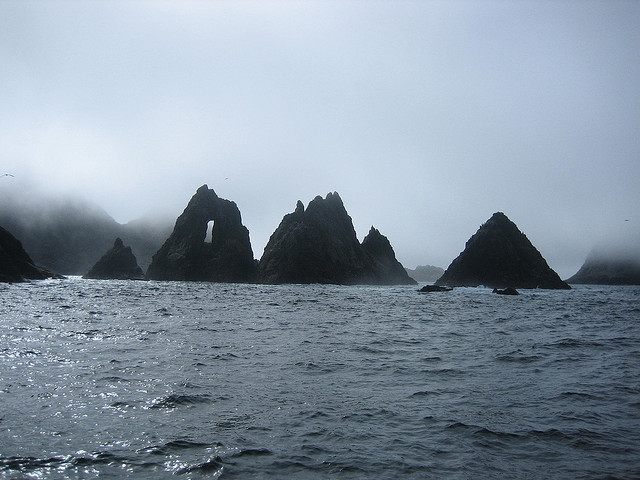To buy peace with climate change activists after the Environmental Protection Agency (EPA) determined that oil fracking does not poison water, President Obama has signed an executive order tripling the size of the Farallones National Marine Sanctuary, just north of San Francisco. The order bans oil drilling in the area Obama renamed the “Greater” Farallones National Marine Sanctuary. The move is merely symbolic, since there are no oil reserves in the area.
The beach area along Northern California’s Marin County is a bastion of elitist “old money.” According to the U.S. Census Bureau, Marin not only has the highest per capita income in California, it is 30 percent higher than in Silicon Valley. At 86.2 percent white, Marin County is the only one of the five “Bay Area” counties that is not more than 50 percent “people of color,” according to the San Francisco Foundation.
The expansion was pushed for more than a decade by California lawmakers, and President Obama finally signed the 2,220-square-mile expansion to cover the entire Marin Sonoma and most of Mendocino County off-shore regions.
The area around the Farallon Islands was first protected in 1981 by President Ronald Reagan for its rich bird and sea life. The area has an unusual upwelling of very cold water, driven by winds, that brings nutrients to shallow coastal areas causing intense plankton blooms, reefs and sponges. As a result, the area is the largest seabird colony on the U.S. mainland and a cornucopia of food for fish, marine whales, turtles and birds.
“This protects the food source for the existing sanctuaries,” said Richard Charter, a senior fellow with the nonprofit Ocean Foundation. “This is the base of the food chain.”
The signing comes just after a 115,000 barrel oil spill in Santa Barbara that has renewed concerns about offshore drilling.
The expansion prohibits offshore oil drilling in the affected area and received strong public support in comments and during public hearings, according to the National Oceanic and Atmospheric Administration.
“This is somewhat of a coincidence,” Richard Charter of The Ocean Foundation told KQED Public Television. “The good news happens today against the backdrop of all the bad news coming out of southern California right now.”
But according to the CA.Gov Energy Almanac, the new Greater Farallones National Marine Sanctuary is one of the few areas in California does not have any energy reserves. Although the California is second only to Texas for the largest number of major oil and gas reserves, there is not a known deposit within 50 miles of the 4,581 square miles reserve, according to the United States Energy Information Administration.
With commercial and recreational fishing and cruising being preserved throughout the sanctuary, the National Oceanographic and Atmospheric Administration is currently conducting analysis regarding economic impacts of the expansion.

COMMENTS
Please let us know if you're having issues with commenting.